In the second round of the Australian Open, the current Japanese women’s doubles world #2 came up against former Korean world #2s from different partnerships.
By Aaron Wong, Badzine Correspondent live in Sydney. Photos: Badmintonphoto (archives)
Their fourth meeting this year makes you wonder who is the genuine article. Japan levelled this year’s head-to-head record at two a piece, and it took a third rubber match between them to deliver a 21-19, 16-21, 21-15, quarter-final berth.
It’s not difficult to see why Yuki Fukushima / Sayaka Hirota (pictured top) have been and still are close to top ranked. They are ruthlessly committed and relentless in penetrating opponents’ defences, and comparatively joyless based on Hirota’s expression. Fukushima serves as the foil, supplying both her side’s encouragement and a modicum of creativity among the dense reloadable Japanese assault.
Match point was evident of key characteristics about their contest as well as the dynamic in their partnerships. Fukushima sealed it with sudden beautiful backhand defense to take advantage of Jung Kyung Eun’s slower foot speed reaction.
There was little to choose between the pairs on the night. The difference in score came down to one or two mis-hits by the otherwise reliable Chang Ye Na and the odd weakness in Jung Kyung Eun’s defense when she’s made to move around. And sometimes Hirota not reading the play but remaining on automatic mode.
To their credit, which is also an interesting contrast, the Koreans do not naturally put each other out of position, largely due to Chang Ye Na’s thoughtfulness and her natural instincts when controlling either forecourt or rear. As a result, they have no need to waste as much energy running as much as the Japanese to win points.
Jung’s smashing capacity and focus has returned to where it should be. It was patchy at the beginning of the reunion of the Jung/Chang partnership post Rio Games.
Another thing plainly evident is how unfazed the Koreans are of the Japanese excellent quality because they possess equal prowess except in different departments of the game. The Koreans weren’t trying to eke out a win on the same terms – pure athleticism and bludgeoning – like the Japanese-Japanese and Japanese-Chinese encounters happening on adjacent courts.
This Korean-Japanese women’s contest was the most interesting on offer in their discipline. The Koreans’ astute tactical approach probably has more than a little to do with having Beijing Olympic silver medallist Lee Kyung Won as coach. Likewise, the Japanese having Satoko Suetsuna coaching colours their proactiveness. Clearly, either ultra or non-ultra interrogation of opponents is good enough to be world #2.
Click here for complete Thursday results
![AUSTRALIAN OPEN 2019 R16 – Who’s the real number 2? In the second round of the Australian Open, the current Japanese women’s doubles world #2 came up against former Korean world #2s from different partnerships. By Aaron Wong, Badzine Correspondent […]](http://www.badzine.net/wp-content/uploads/ngg_featured/20190520_1504_SudirmanCup2019_BPMR_8266.jpg)
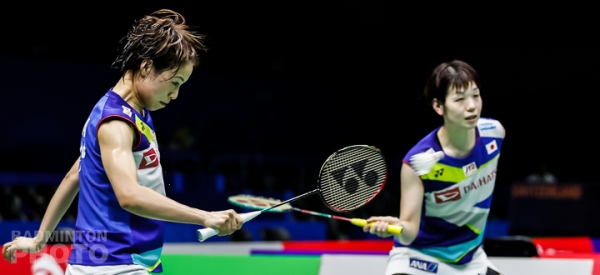
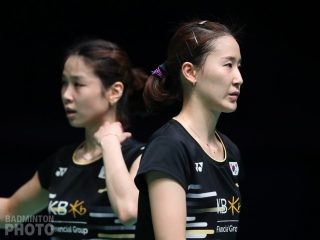
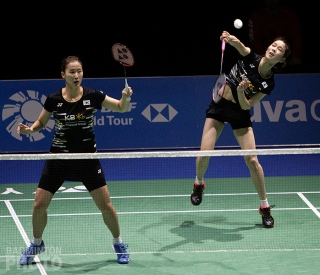

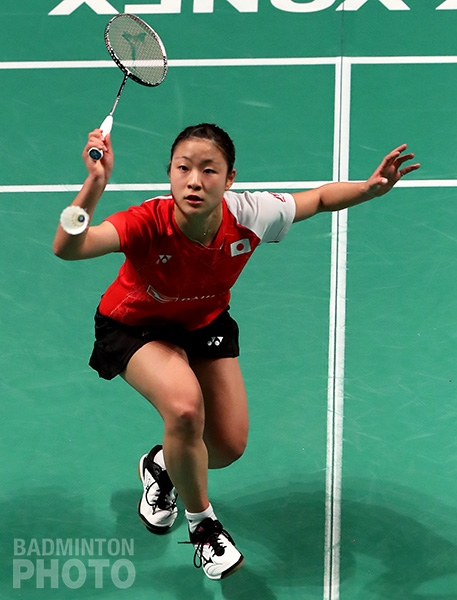
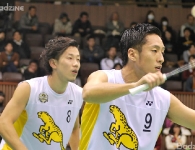
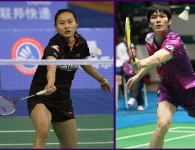
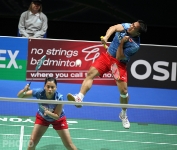
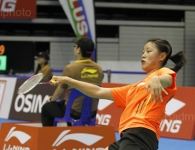
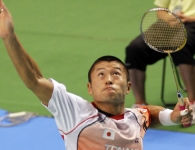
Leave a Reply